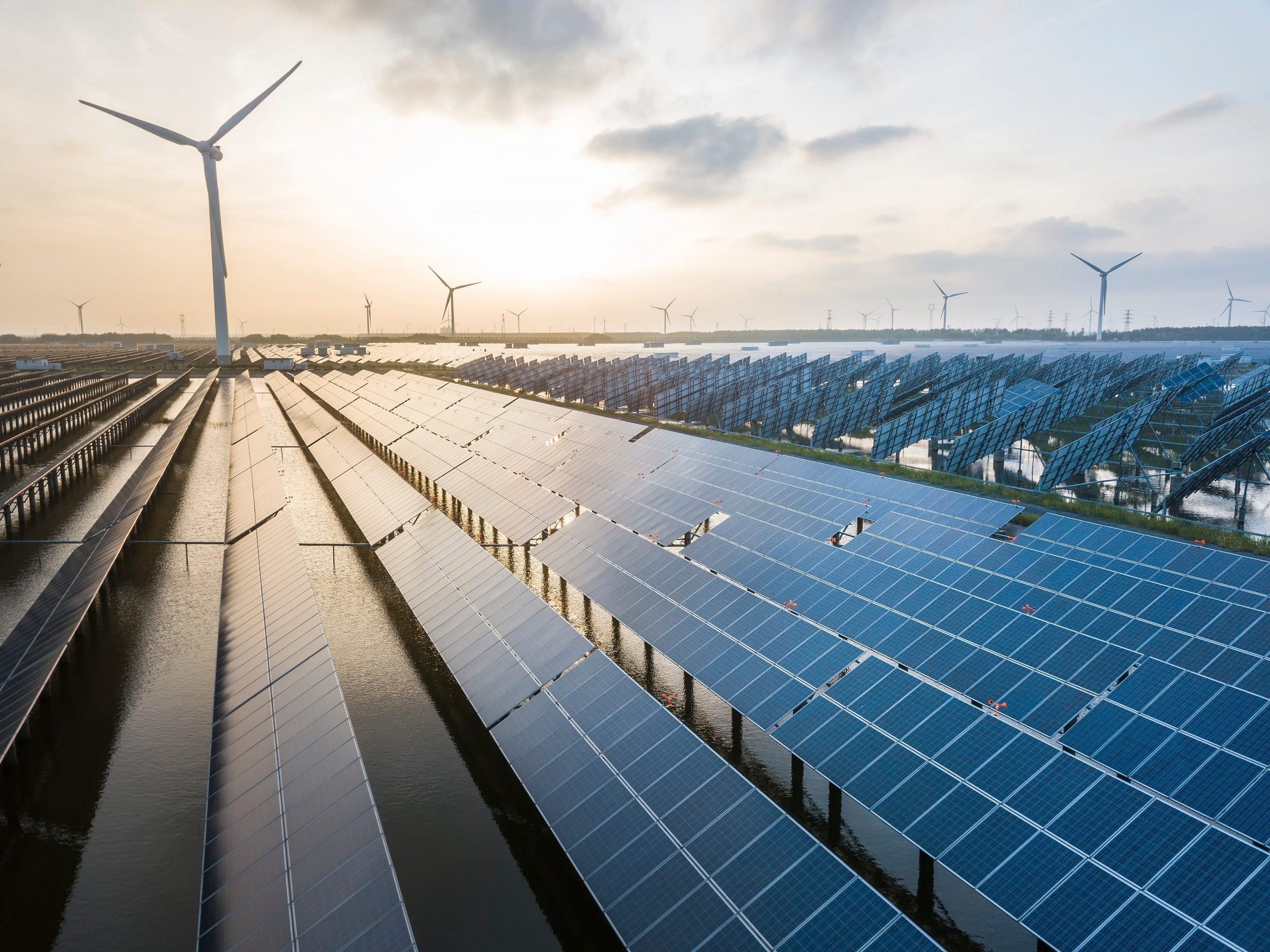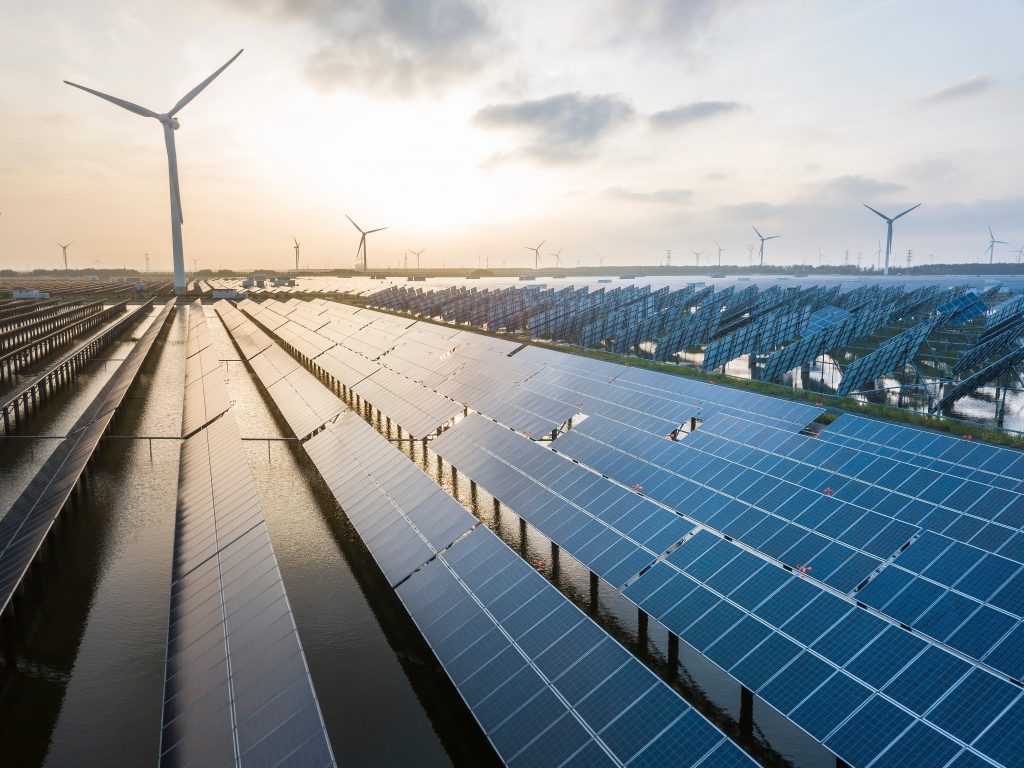
Alex Wang/Getty Images Plus
- Investors who participate in the divestment movement have capital for other assets.
- A growing array of assets offer metrics, ESG, to assess financial performance and overall effect.
- ESG is a fraction of activity in global capital markets, and there's concern over ESG claims.
- Subscribe to our weekly newsletter, Insider Sustainability
Last week, we covered why it's difficult for investors to quit the coal-mining industry, even as more companies sell off their assets. Many investors are moving away from regularly providing capital to coal, one of the major fossil-fuel industries responsible for carbon emissions. This withdrawal is known as the divestment movement.
Some people might not think of themselves as investors, but the title includes anyone with a pension or an independent retirement account managed by a large financial-services company such as Vanguard or Fidelity. If an investor or investment firm participates in the divestment movement and sells off their fossil-fuel assets, they still need to find places to put that capital and continue to generate positive returns. Investing clients are relying on these funds to generate more than what they put in to achieve financial goals, such as having enough money for retirement.
Global climate strikes, such as Greta Thunberg's Fridays for Future, have drawn significant attention to the growing amount of carbon emissions, as well as to the need for governments and corporations to act. An investment strategy that considers social and environmental benefits, in addition to an asset's ability to generate returns, is known as socially responsible investing.
The rise of ESG
Investment firms have set up funds specifically focused on companies that consider the environment, social justice, and good corporate governance, or ESG, in their daily operations. Sustainability goals or reduced carbon emissions for the future are considered to be ESG factors, and investment in companies that make these plans explicit have become mainstream and are worth a lot of money. Last year, $51.1 billion flowed into US sustainable funds, and a 2020 survey found that "almost half of investors are currently investing in ESG products," almost twice as many compared to 2019. In April, the investment-management company BlackRock raised $1.25 billion for its new US Carbon Transition Readiness Fund, the largest launch of an exchange-traded fund ever.
Reasons for skepticism and concern
Critics say the growth in ESG assets might look impressive, but companies in the business of producing clean energy or reducing carbon emissions aren't getting a windfall in new funding.
"About 85% of the growth in assets managed by sustainable mutual funds and ETFs is attributable to fund rebrandings - existing funds that formally modified their strategies to use sustainable approaches," Henry Shilling, the founder and director of research at Sustainable Research and Analysis LLC, told CNBC. "It's not net new money."
Unlike a solar-panel farm or a hydroelectric dam, whose power output is quickly measured, it's also difficult to compare ESG investments or evaluate their effects. There are differences in definitions and a lack of clarity about environmental and social credentials, which can lead to larger problems. One investment company, DWS Group, is being investigated by US and German authorities over allegations that it exaggerated claims for some of its ESG-labeled investment products, Bloomberg News reported.
The investment industry's ongoing pressure for high returns in short periods means widespread internal changes will be difficult, said Tariq Fancy, the first global chief investment officer of sustainable investing at BlackRock. Fancy recently wrote a 40-page essay about his experience and believed governments could make the biggest effect on carbon emissions through new regulations, not the growth in sale of ESG investments. "I don't think there's any way to fix that in the way we need it to, at the magnitude we need it to, without government intervention," Fancy told Insider, citing the example of carbon taxes.
